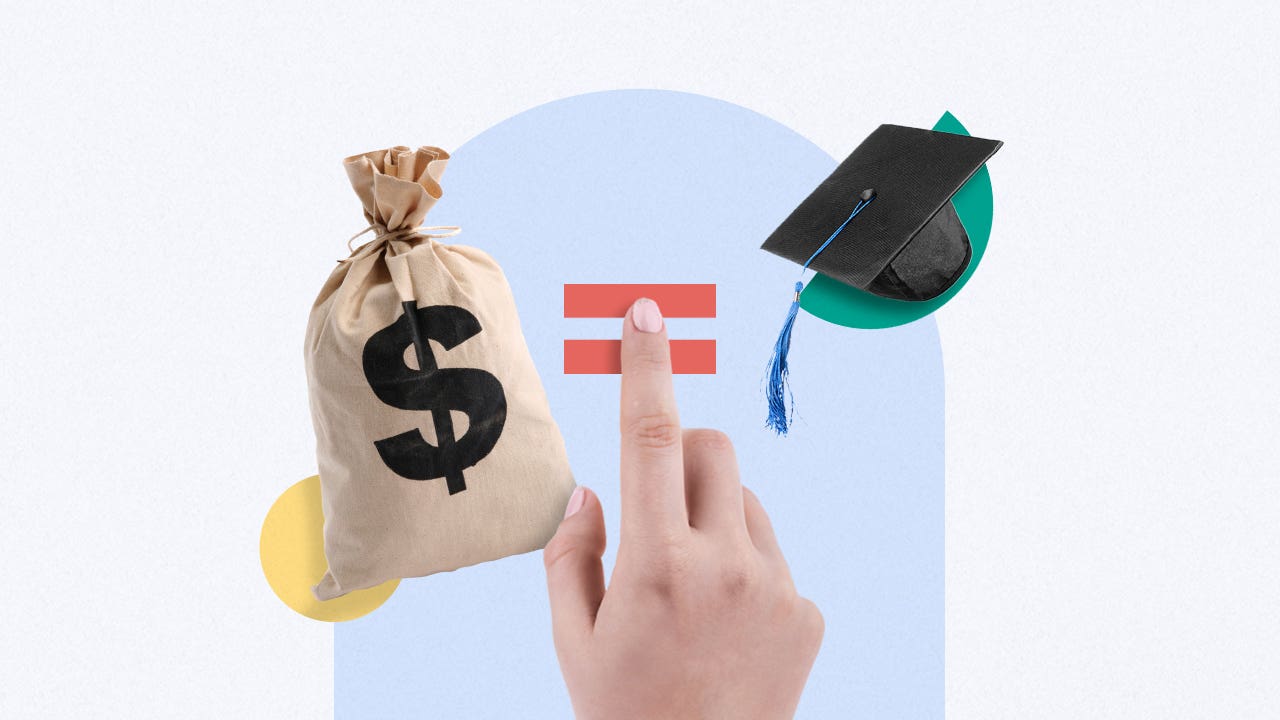The state of student loan forgiveness: What borrowers need to know

The Bankrate promise
At Bankrate we strive to help you make smarter financial decisions. While we adhere to strict , this post may contain references to products from our partners. Here's an explanation for .
Key takeaways
- Despite a ruling against Biden’s student loan forgiveness program in 2023, the Administration continues its effort to provide relief for student loan borrowers.
- Under the Higher Education Act, Biden’s proposal would provide debt relief for people who fit into one of five categories.
- The Biden-Harris Administration has already provided nearly $138 million in debt relief to 3.9 million student loan borrowers.
In the summer of 2023, the Supreme Court ruled to strike down Biden’s student loan forgiveness program, which would have canceled up to $20,000 of debt for roughly 43 million eligible borrowers.That hasn’t stopped the Biden-Harris Administration from continued efforts toward student loan forgiveness, however.
When the Supreme Court ruled against Biden’s student loan forgiveness program last summer, the Administration’s fight to help student loan borrowers didn’t end. The Biden-Harris Administration, along with the Department of Education, has continued efforts to help borrowers find relief from the heavy financial burden of student loans.
Why the Supreme Court struck down Biden’s student loan forgiveness plan
In the summer of 2023, the Supreme Court ruled in a 6-3 decision that the Biden administration does not have the authority to forgive student loans without an act from Congress. The decision, announced on June 30 and written by Justice Roberts, says, “The HEROES Act allows the Secretary [of Education] to ‘waive or modify’ existing statutory or regulatory provisions applicable to financial assistance programs under the Education Act but… does not allow the Secretary to rewrite that statute to the extent of canceling $430 billion of student loan principal.”
The Supreme Court said such an expensive and broad plan couldn’t use the in-place policy to deal with national emergencies. The HEROES Act was originally meant to financially protect service members while they fought in Afghanistan and Iraq but has been used during the COVID-19 pandemic for actions such as the pause on student loan payments.
“Six States sued, arguing that the HEROES Act does not authorize the loan cancellation plan. We agree,” Roberts wrote. Any broad forgiveness plan would need to be approved by Congress.
Student loan payments restarted in October 2023
After the Supreme Court’s ruling, the Department of Education announced that federal student loans would begin accruing interest on September 1st, 2023, and payments officially restarted in October 2023.
A new path to student loan forgiveness
The Biden-Harris Administration recently created a new debt relief plan using the 1965 Higher Education Act (HEA). Under the new proposal, five groups of borrowers would be eligible for automatic forgiveness:
- Borrowers whose balances are now greater than what they originally borrowed due to interest accrual.
- Borrowers who entered repayment at least 10 years ago, including those who started repayment before income-driven repayment and newer forgiveness programs were created.
- Borrowers who are eligible for forgiveness under income-driven repayment or another program but haven’t applied.
- Borrowers who took out loans to attend programs that didn’t provide enough financial value for them to be able to afford their loans.
- Borrowers who have experienced financial hardship due to their student loans and that continue to experience hardship — despite the available options — because their needs aren’t addressed by the current system.
The updated student loan debt-relief plan rolled out on the heels of $9 billion in relief for borrowers who were enrolled in the loan forgiveness program, totally or permanently disabled or on an income-based repayment plan.
This recent announcement brings the Biden Administration tally on student loan forgiveness to nearly $138 billion for almost 3.9 million borrowers.
What’s next for borrowers
More proposals for student loan forgiveness may come in the future, but in the meantime, borrowers should continue to repay their loans.
Borrowers may also apply to the new Saving on a Valuable Education (SAVE) plan — an updated version of Revised Pay As You Earn (REPAYE). The SAVE plan is one of four income-driven repayment options offered by the Department of Education and has been deemed “the most affordable” one.
With this plan, your payments could be as low as $0 a month if you earn $32,800 or less a year as a single borrower or $67,500 or less if you have a family of four. This plan also speeds up forgiveness for those with an outstanding balance of $12,000 or less.
For those who do not qualify for income-driven repayment and are having difficulty making payments, the Administration has implemented a 12-month “on-ramp” that can serve as a temporary solution.
During that time, the Department of Education will not refer missed payments to collections or credit agencies to allow borrowers to ease into repayment. This plan will help prevent student loans from going into delinquency and protect borrowers’ credit for a year.
After that, borrowers still in financial difficulty may qualify for student deferment or forbearance to give them more time before needing to pay their loans, although it should be used as a last resort.
Related Articles



How to choose a credit repair company & alternatives to consider
